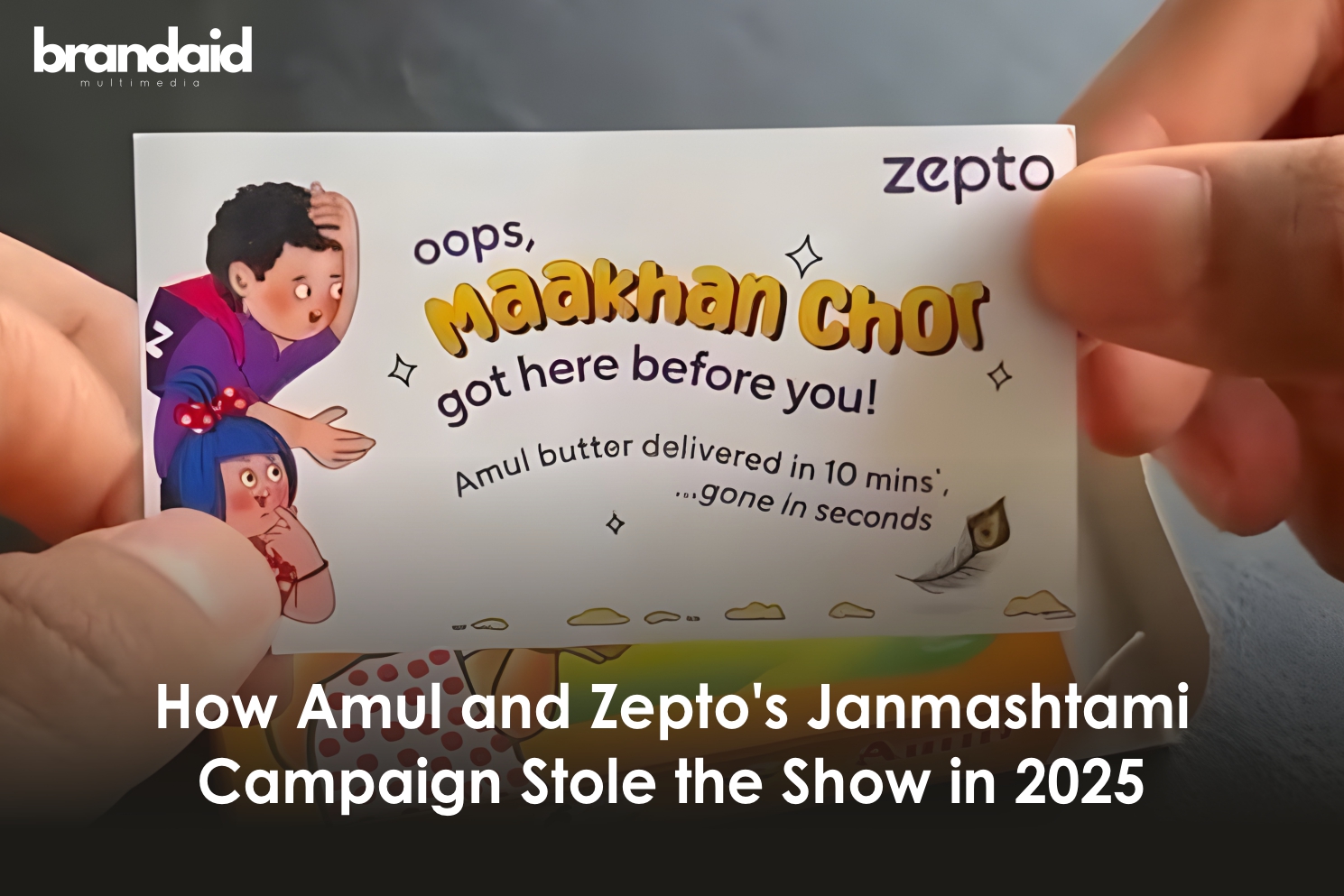Recently, “Operation Sindoor” has grabbed headlines as one of India’s most important military actions in years. Moreover, the operation’s name shows remarkable cleverness. Let’s explore what happened and why this name carries such strong meaning.
What Exactly Was Operation Sindoor?
On May 7, 2025, India launched a focused military strike against terrorist camps in Pakistan and Pakistan-occupied Kashmir (PoK). Here are the key facts:
- Military forces hit 9 specific terrorist locations
- Military officials confirmed all strikes succeeded
- Colonel Sofiya Qureshi shared videos showing zero civilian deaths
- Additionally, planners designed the operation to remain “measured, non-escalatory, proportionate, and responsible”
This action didn’t happen without cause. In fact, Operation Sindoor directly answered a terrible terrorist attack that stunned India just weeks before.
The Pahalgam Terror Attack: Why India Responded
Terrorists attacked Indian tourists in Pahalgam, Jammu & Kashmir on April 22, 2025. Officials described this as a “savage attack.” Consider these facts:
- Attackers killed 26 people, including one Nepali visitor
- This became the worst attack since Mumbai 2008
- Furthermore, The Resistance Front (TRF), a front for Lashkar-e-Taiba, took responsibility
- Intelligence teams traced communication links to Pakistan
Attackers showed extreme brutality. Many victims died at close range while family members watched. Clearly, the terrorists aimed to hurt Kashmir’s recovering tourism industry.
The Symbolic Power Behind the Name “Sindoor”
Here comes the brilliant part! Prime Minister Modi chose the name “Sindoor” very deliberately.
For context, sindoor is red powder that married Hindu women apply along their hair part. This traditional symbol holds deep meaning in Indian culture. By naming the operation “Sindoor,” the government:
- Honored the mothers and daughters who died in Pahalgam
- Subsequently created a symbol of protecting family bonds that terrorists tried to break
- Finally, transformed a marriage symbol into a message of national strength
This clever naming shows how cultural symbols make messages stronger. As a result, millions of Indians instantly understood what the name meant without needing explanations.
India’s New Approach: Acting First, Not Just Reacting
Operation Sindoor marks an important shift in how India handles terrorism threats:
- First, moving toward prevention instead of just reaction
- Second, acting on intelligence about planned future attacks
- Third, standing firm on the “right to protect citizens from cross-border attacks”
- Lastly, focusing on destroying terrorist training sites
After the Pahalgam attack, India waited two weeks. During this time, Pakistan took “no clear steps” against terrorist groups operating from its territory.
What Happened Right After the Operation
Following Operation Sindoor, several immediate actions took place:
- Authorities temporarily paused flights across North India
- Meanwhile, a nationwide safety drill called “Operation Abhyaas” happened
- Consequently, Uttar Pradesh officials declared a red alert
- Leaders quickly moved villagers from border areas to safer locations
How Other Countries Responded
The operation drew global attention immediately:
- Initially, Israel’s Consul General to Midwest India supported the action as “self-defense”
- Previously, the UN Security Council had demanded accountability for the Pahalgam attack
- Despite tensions, Pakistan’s Defense Minister Asif mentioned readiness to “wrap tensions” if India stepped back
- Meanwhile, India’s Foreign Minister Jaishankar emphasized “zero tolerance for terrorism”
Smart Communication Lessons From Operation Sindoor
From a strategic view, Operation Sindoor demonstrates several brilliant approaches:
- Using symbolic names that connect emotionally with people
- Creating clear messages about why actions were necessary
- Timing announcements carefully rather than rushing
- Controlling the narrative through organized information sharing
Therefore, the government packaged a complex military action into something instantly understandable and emotionally meaningful.
The Larger Context: India-Pakistan History
We must understand Operation Sindoor within the history of these nations:
- First, the countries have fought three major wars since 1947
- Second, both nations now have nuclear weapons
- Third, Kashmir remains disputed territory
- Above all, cross-border terrorism continues as a major issue
What Might Happen Next?
As one former Army Chief commented after the operation: “Abhi picture baki hai…” (The movie isn’t over yet).
The situation keeps evolving, yet Operation Sindoor represents a key moment in India’s approach to national security.
Key Takeaways
- First, Operation Sindoor responded directly to the Pahalgam terrorist attack
- The military successfully hit 9 terrorist locations
- Additionally, the name “Sindoor” cleverly connects to protecting Indian families
- Furthermore, this action shows India’s shift toward preventive security measures
- In conclusion, the operation demonstrates excellent communication through cultural symbols
What do you think about the name Operation Sindoor? Do symbolic names make military actions more meaningful to the public? Share your thoughts below!
Read more of our blogs here.





